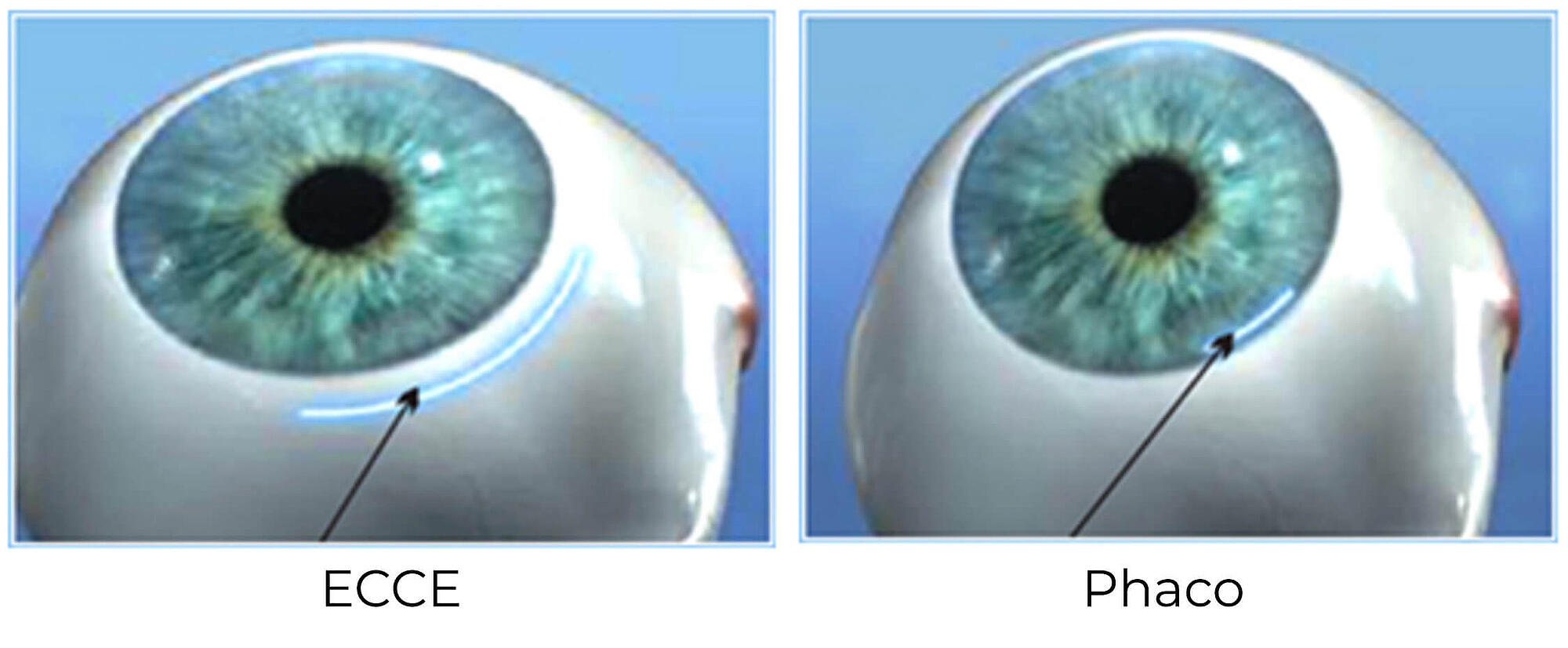Cataract surgery with phacoemulsification technique is a very popular procedure today.
KMN EyeCare, as the best eye hospital and eye clinic network in Indonesia (awarded as the best choice of customers in an exclusive survey conducted by SWA Magazine & Business Digested in 2022) provides cataract surgery procedures with phacoulsification technique for the patient’s eyes and vision to be clear back to normal.
KMN EyeCare uses Centurion technology from Alcon and Signature from Johnson & Johnson (both from the United States), which are the latest phacoemulsification machines with high profile safety profiles so that the cataract surgery process becomes smooth, responsive and efficient.
To ensure the best results, KMN EyeCare only offers high quality implantable lenses/IOLs from Alcon, Johnson & Johnson and Zeiss. The various implant lens options offered at KMN EyeCare are able be selected according to the needs of each patient.
Not only for the IOL, KMN EyeCare also provides high-quality consumables (BHP) and well-guaranteed device sterilizers. All of this is done because KMN EyeCare always prioritizes the best medical outcomes and service quality.
KMN EyeCare not only presents advanced technology for eye surgery, but also ophthalmologists who are reliable in their fields. Ophthalmologists at KMN EyeCare undergo fellowship at home and abroad to be able to provide the best treatment for patients. Every patient who undergoes surgery at KMN EyeCare is always accompanied and supervised by an Anesthesiologist before, during and after surgery.
With our advanced technology, experienced ophthalmologists and reliable staff, you should make sure you choose KMN EyeCare as the place to have your cataract surgery.





